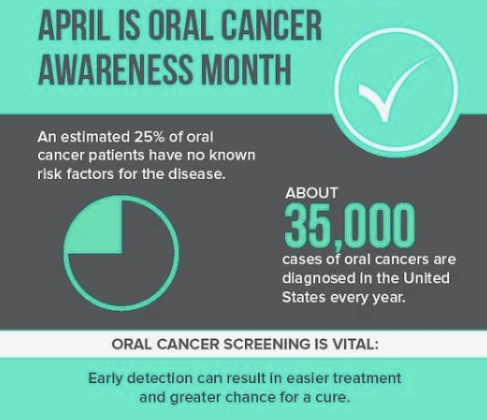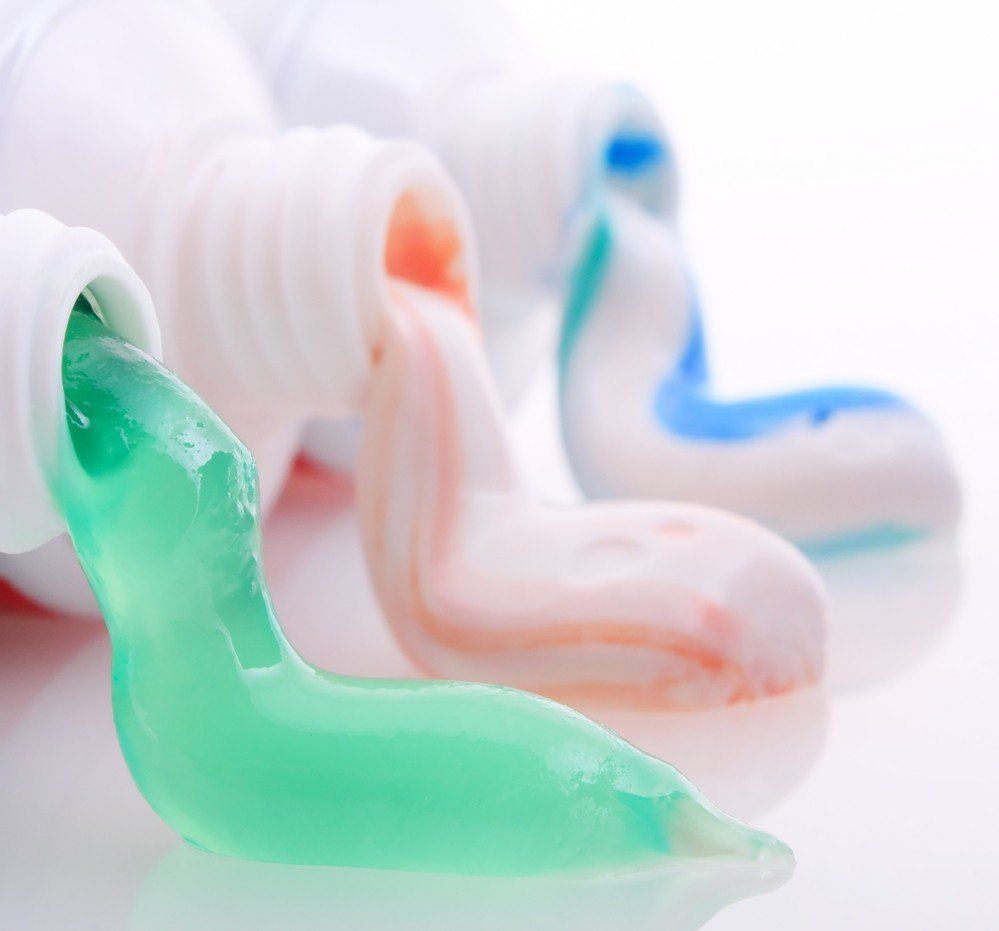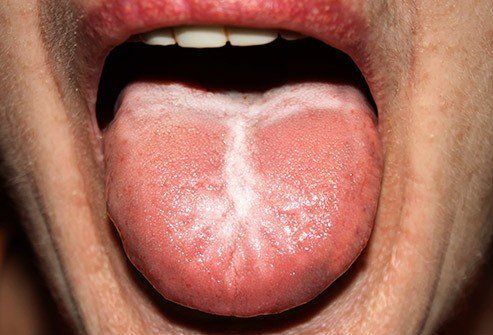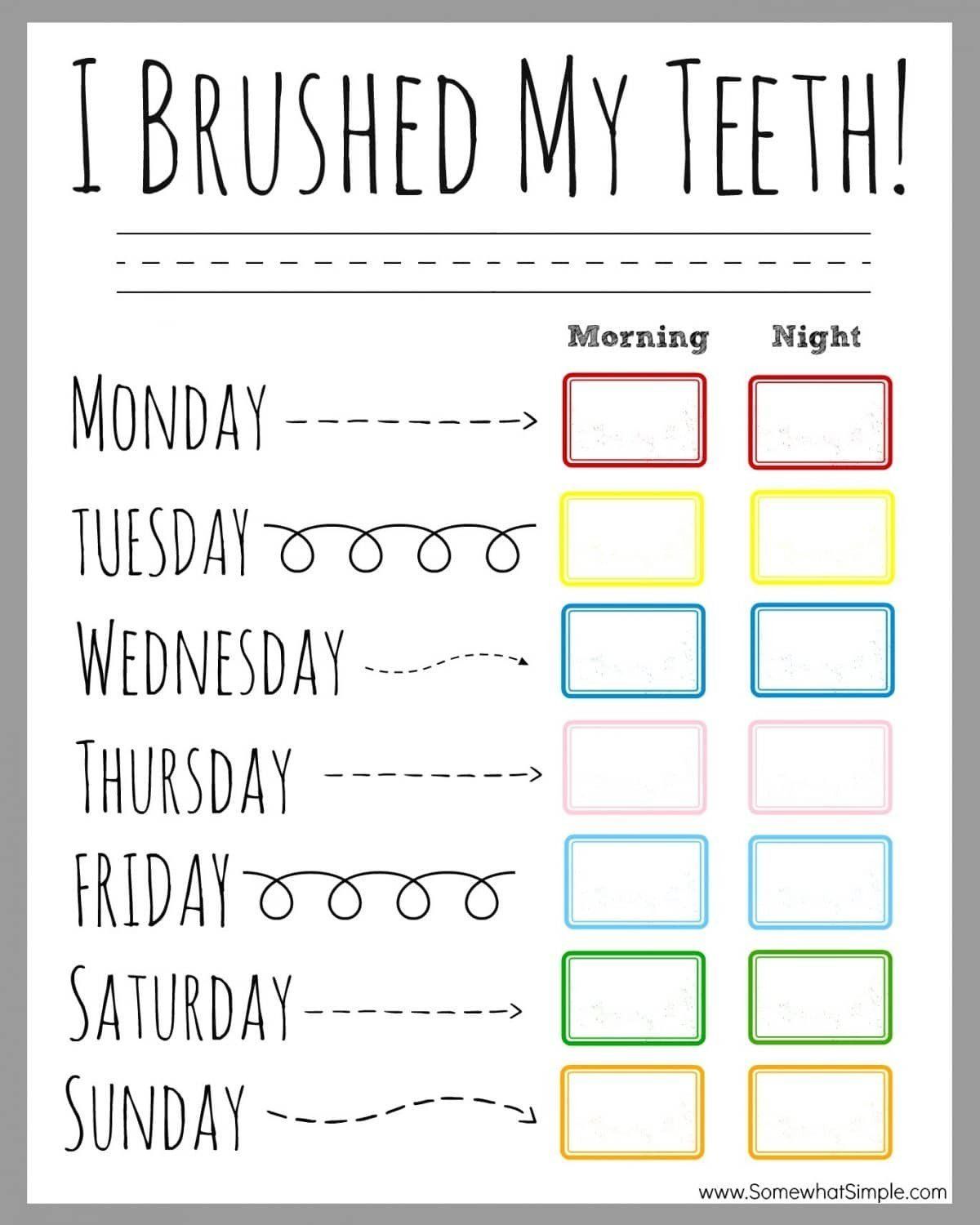Good Oral Hygiene Linked to Decreased Bowel Cancer Risk
- By Joel Snyder
- •
- 13 Sep, 2016
- •
Researchers believe that maintain good oral hygiene could help to decrease the risk of bowel cancer.
A new study carried out by a team of researchers from Harvard University’s TH Chan School of Public Health revealed that taking good care of your teeth and gums could also have a positive impact on your general health. Researchers believe that harmful microbes, which may travel to the gut from the mouth, can bind to precancerous growths, causing them to become malignant. There is also a suggestion that the microbes may cause tumours in the bowel to increase in size.
Scientists have been trying to establish how certain streams of bacteria travel around the body and one theory suggests that harmful bacteria can reach the gut via the bloodstream as a result of bleeding gums. Bleeding gums are a tell-tale sign of gum disease.
The Harvard researchers discovered that the bacteria contain protein, which enables them to bind onto sugar molecules. These molecules cling to polyps, non-cancerous growths, in addition to tumours located in the bowel. The anaerobic bacteria don’t need oxygen to survive and are able to thrive in the bowel. Once the molecules are bound to the cancerous cells, they encourage growth, causing the tumour to expand.
Co-author of the study, Wendy Garrett, explained that a better understanding of the “mechanisms” and movement of bacteria may result in fewer people developing cancerous tumours. Bowel cancer affects around 1 in 20 people, and Dr Garrett believes that the findings of the study could also be useful in developing effective treatments. The study shows the importance of targeting bacteria with have sugar-binding proteins. Destroying these bonds could help to prevent bowel cancer from becoming more aggressive.
Article Posted On: http://www.cosmeticdentistryguide.co.uk/news/good-oral-hygiene-linked-to-decreased-bowel-cancer-risk...

Contact us!
https://www.fabuloussmilesdental.com/contact

ADA Approval
First, make sure you choose a product approved by the American Dental Association and displaying the seal on its packaging. There are plenty of fluoride-free, organic, and all natural options tested by the ADA for both safety and effectiveness at keeping the teeth clean. Products without these seals have not necessarily been tested for their claims and quality, so you’re gambling with the health of your mouth by using them.
Focus on Needs
Consider what your teeth need the most to choose a toothpaste with the right extras. Whitening toothpaste can’t always replace professional whitening from a dentist, but it does work to prevent surface stains that cause your white smile to lose its brightness after treatment. Most toothpastes tend to target one of more of the following conditions or needs:
- Sensitivity, in the gums and teeth, from mild to severe pain
- Fluoride products are essential for kids, adults who don’t get enough of it in their diet, and people with diabetes and many other conditions
- Anti-cavity, which most products cover but which should always be checked
- Anti-gingivitis, ranging from over the counter to prescription products for healthier gums.
Watch Out!
There are a few products you don’t want to use on your teeth, and they’re often sold as cosmetic products rather than medically tested toothpaste. Any whitening toothpaste with a very abrasive ingredient, ranging from natural walnut shell to plastic microbeads, can leave your teeth with enamel damage that is permanent and hard to treat. Activated charcoal powders can also discolor teeth along with eroding your enamel. Look for toothpaste products that reinforce enamel rather than damaging it.
Picking a Toothbrush
Of course, the toothpaste still needs to be applied to the teeth with the right tools to effectively protect you from cavities and gum disease. The wrong toothbrush can damage your enamel, scratch your gums, or fail to remove trapped food from between your molars. Only use soft bristled brushes unless given advice from your dentist to the contrary. For most people, stiff bristles are too hard for their gums. The tip of each bristle should be rounded and not pointed or square so that food debris and tartar comes loose with each sweep. Replace your brush every three months even if it still looks new and fresh since bacteria can build up over time.
Need more advice about what to do to take care of your teeth? Make an appointment with your dentist for a routine cleaning or a timely inspection. You can discuss your concerns without feeling rushed and determine if your current oral health practices are sufficient for keeping your smile bright, healthy, and strong.

Creamy white spots could be thrush, a fungal infection (shown below). It often happens after an illness or medications throw off the balance of bacteria in your mouth. White patches that look lacy could be lichen planus, which means your immune system is attacking the tissues in your mouth. If you see hard, flat, white areas that can’t be scraped away, it could be leukoplakia, which is linked to cancer. Let your dentist know about any white patches you see.


